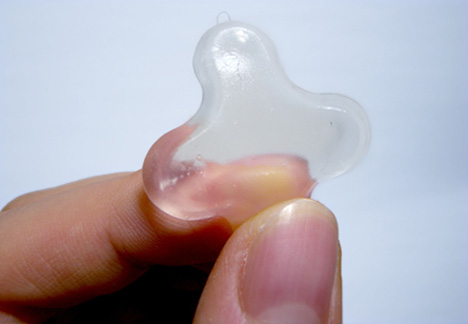Hot water really can freeze faster than cold water, a new study finds. Sometimes. Under extremely specific conditions. With carefully chosen samples of water.
sciencenewsNew experiments provide support for a special case of the counterintuitive Mpemba effect, which holds that water at a higher temperature turns to ice faster than cooler water.
The Mpemba effect is named for a Tanzanian schoolboy, Erasto B. Mpemba, who noticed while making ice cream with his classmates that warm milk froze sooner than chilled milk. Mpemba and physicist Denis Osborne published a report of the phenomenon in Physics Education in 1969. Mpemba joined a distinguished group of people who had also noticed the effect: Aristotle, Francis Bacon and René Descartes had all made the same claim.
On the surface, the notion seems to defy reason. A container of hot water should take longer to turn into ice than a container of cold water, because the cold water has a head start in the race to zero degrees Celsius.
But under scientific scrutiny, the issue becomes murky. The new study doesn’t explain the phenomenon, but it does identify special conditions under which the Mpemba effect can be seen, if it truly exists.
“All in all, the work is a nice beginning, but not systematic enough to do more than confirm it can happen,” comments water expert David Auerbach, whose own experiments also suggest that the effect does occur.
Papers published over the last decade, including several by Auerbach, who performed his research while at the Max Planck Institute for Flow Research in Göttingen, Germany, have documented instances of hot water freezing faster than cold, but not reproducibly, says study author James Brownridge of State University of New York at Binghamton. “No one has been able to get reproducible results on command.”
That’s what Brownridge has done. One of his experiments, presented online, repeatedly froze a sample of hot water faster than a similar sample of cool water.
Note the word similar. In order for the experiment to work, the cool water had to be distilled, and the hot water had to come from the tap.
In the experiment, about two teaspoons of each sample were held in a copper device that completely surrounded the water, preventing evaporation and setting reasonably even temperatures. Freezing was official when sensors picked up an electrical signal created by ice formation.
Brownridge heated the tap water to about 100° C, while the distilled water was cooled to 25° C or lower. When both samples were put into the freezer, the hot water froze before the cold water. Brownridge then thawed the samples and repeated the experiment 27 times. Each time, the hot tap water froze first.
The experiment worked because the two types of water have different freezing points, Brownridge says. Differences in the shape, location and composition of impurities can all cause water’s freezing temperature — which in many cases is below zero degrees C — to vary widely. With a higher freezing point, the tap water had an edge that outweighed the distilled water’s lower temperature.
Because the experiment didn’t compare two identical samples of water, the mystery of the Mpemba effect is not really solved. “I’m not arrogant enough to say I’ve solved this,” Brownridge says. But he has set some guidelines about when the effect can be seen.
Physical chemist Christoph Salzmann of the University of Durham in England says he’s not convinced the Mpemba effect really exists, because there are innumerable things that influence the timing of freezing, making it impossible to completely control.
Predicting how long it will take for a water sample to crystallize “is a bit like trying to predict when the next earthquake or crash of the stock market will happen,” he says. “I would not want to say that the Mpemba effect does not exist. But I have still not been convinced of its existence.”
























